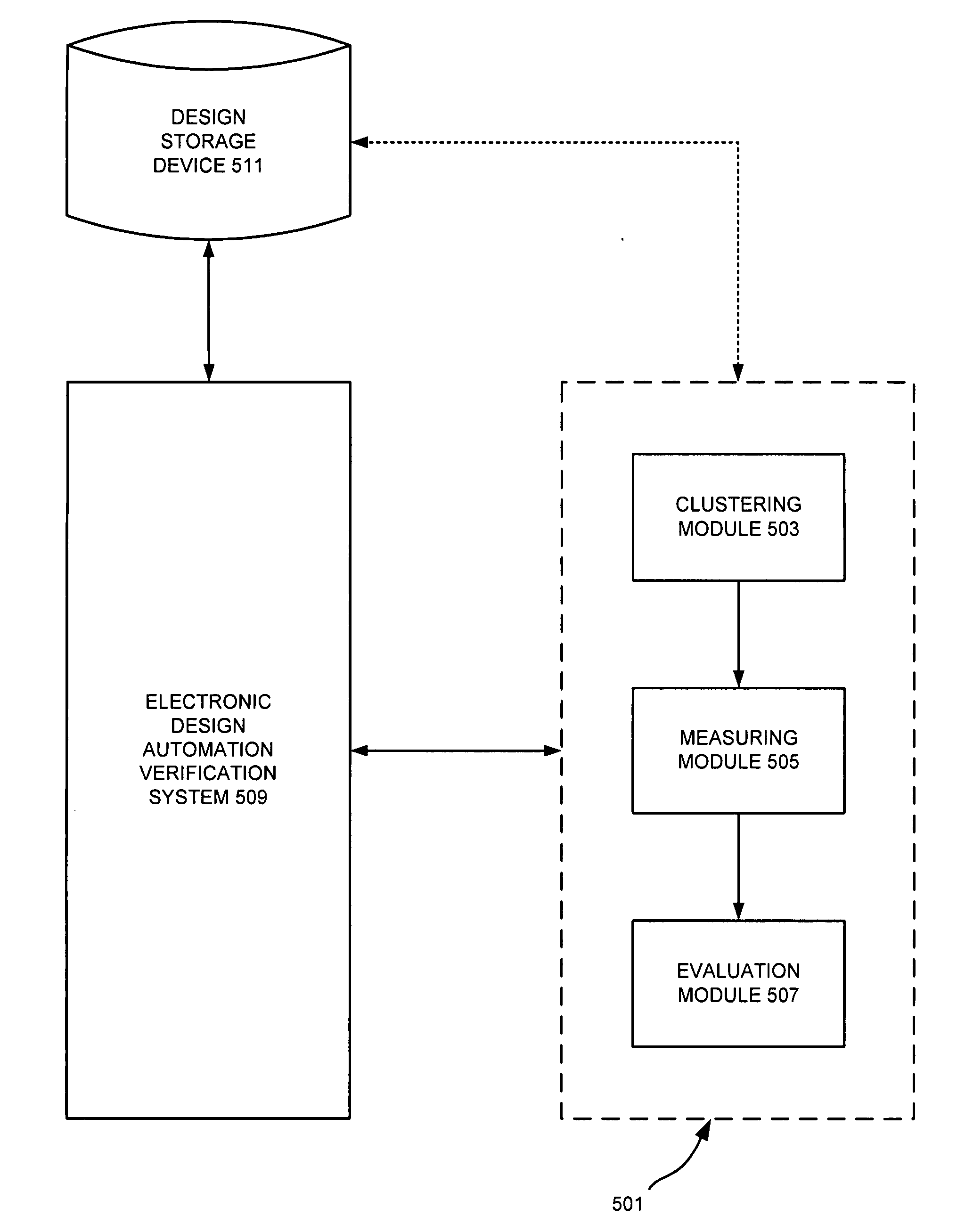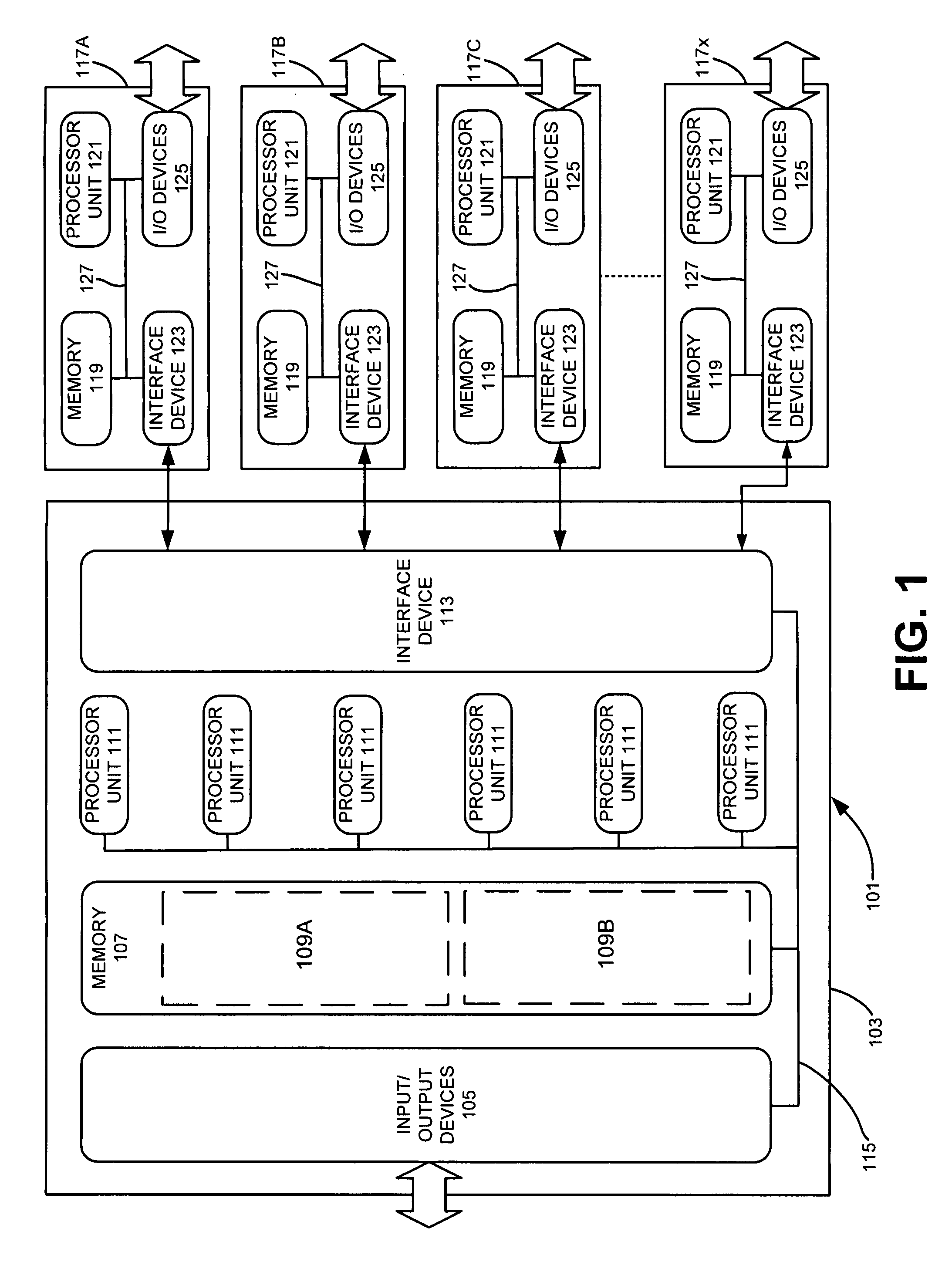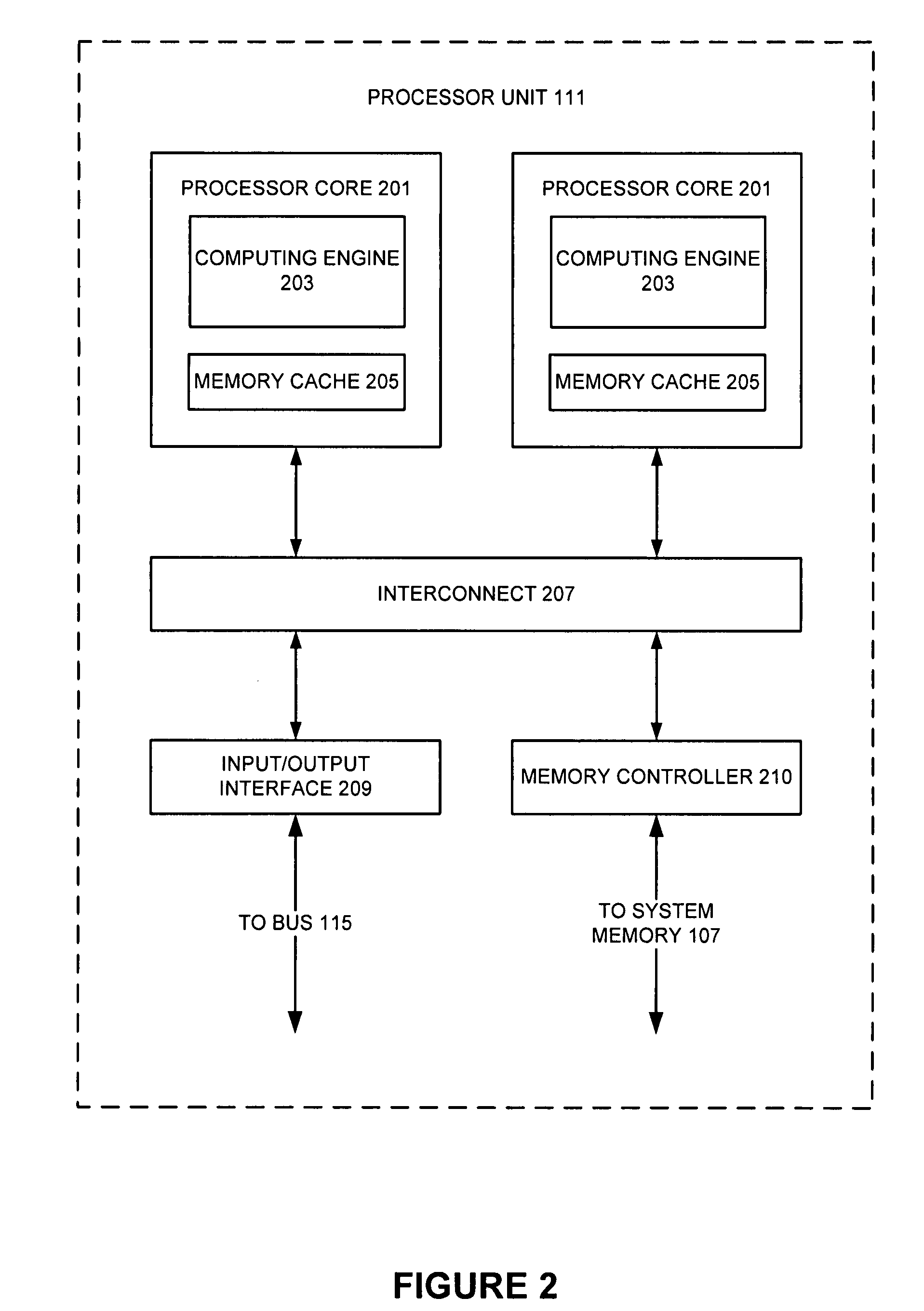Model-based design verification
a micro-device and design verification technology, applied in error detection/correction, program control, instruments, etc., can solve the problems of inability to manually design the device, physical limitations of the polygon size, and the conventional design-rule-checking rules employed by electronic design automation verification tools are becoming more complex
- Summary
- Abstract
- Description
- Claims
- Application Information
AI Technical Summary
Problems solved by technology
Method used
Image
Examples
Embodiment Construction
[0024]As will be discussed in more detail below, various embodiments of the invention relate to analog design-rule-check tools for creating and implementing models for various electronic design automation verification processes. With some examples of the invention, an analog design-rule-check tool can be incorporated into a larger electronic design automation verification tool. For still other examples of the invention, an analog design-rule-check tool can be configured as a separate, stand-alone tool. With both arrangements, however, an analog design-rule-check tool according to various embodiments of the invention may be implemented using computer-executable software instructions executable or executed by one or more programmable computing devices.
[0025]Because various embodiments of the invention may be implemented using software instructions, the components and operation of a generic programmable computer system on which various embodiments of the invention ...
PUM
 Login to View More
Login to View More Abstract
Description
Claims
Application Information
 Login to View More
Login to View More - R&D
- Intellectual Property
- Life Sciences
- Materials
- Tech Scout
- Unparalleled Data Quality
- Higher Quality Content
- 60% Fewer Hallucinations
Browse by: Latest US Patents, China's latest patents, Technical Efficacy Thesaurus, Application Domain, Technology Topic, Popular Technical Reports.
© 2025 PatSnap. All rights reserved.Legal|Privacy policy|Modern Slavery Act Transparency Statement|Sitemap|About US| Contact US: help@patsnap.com



